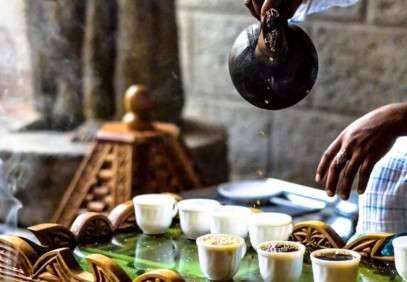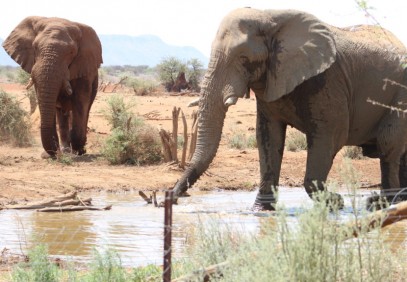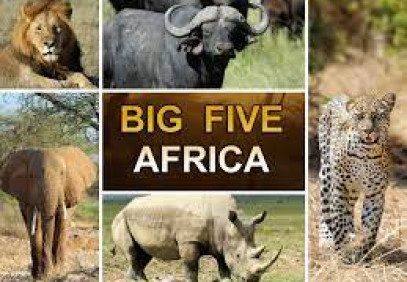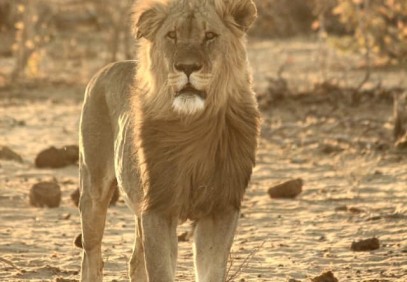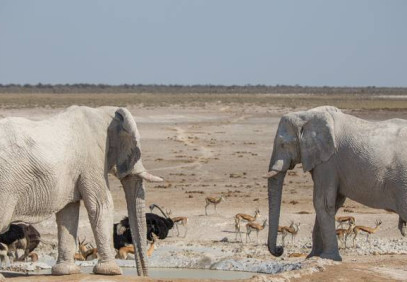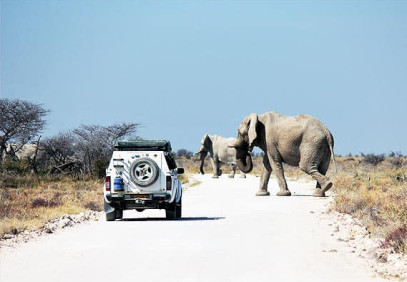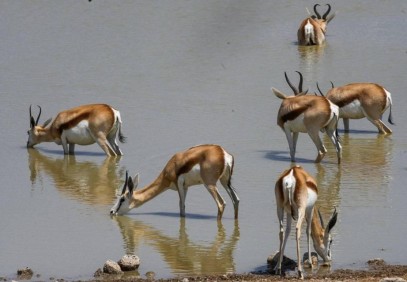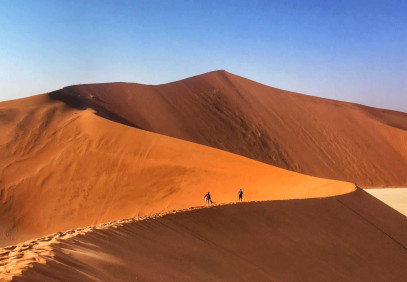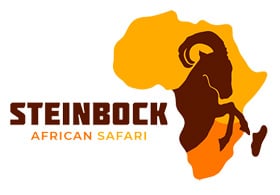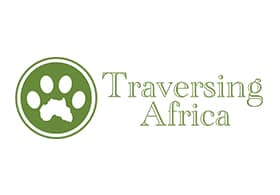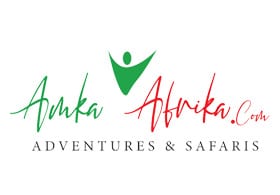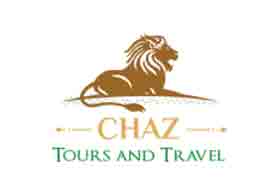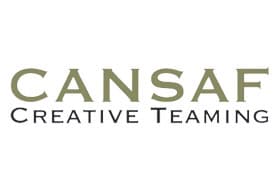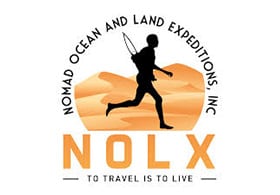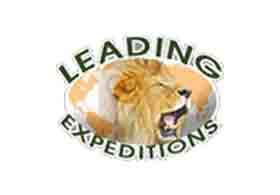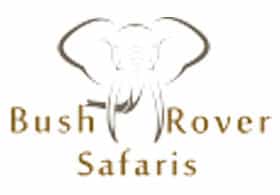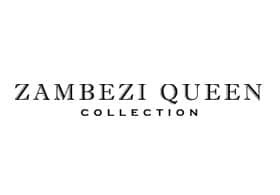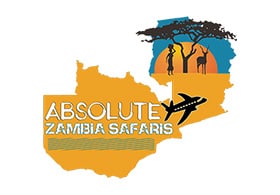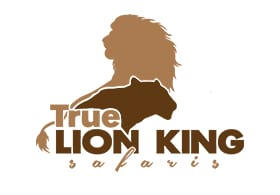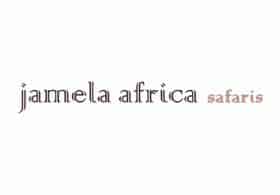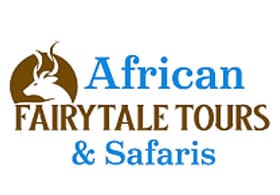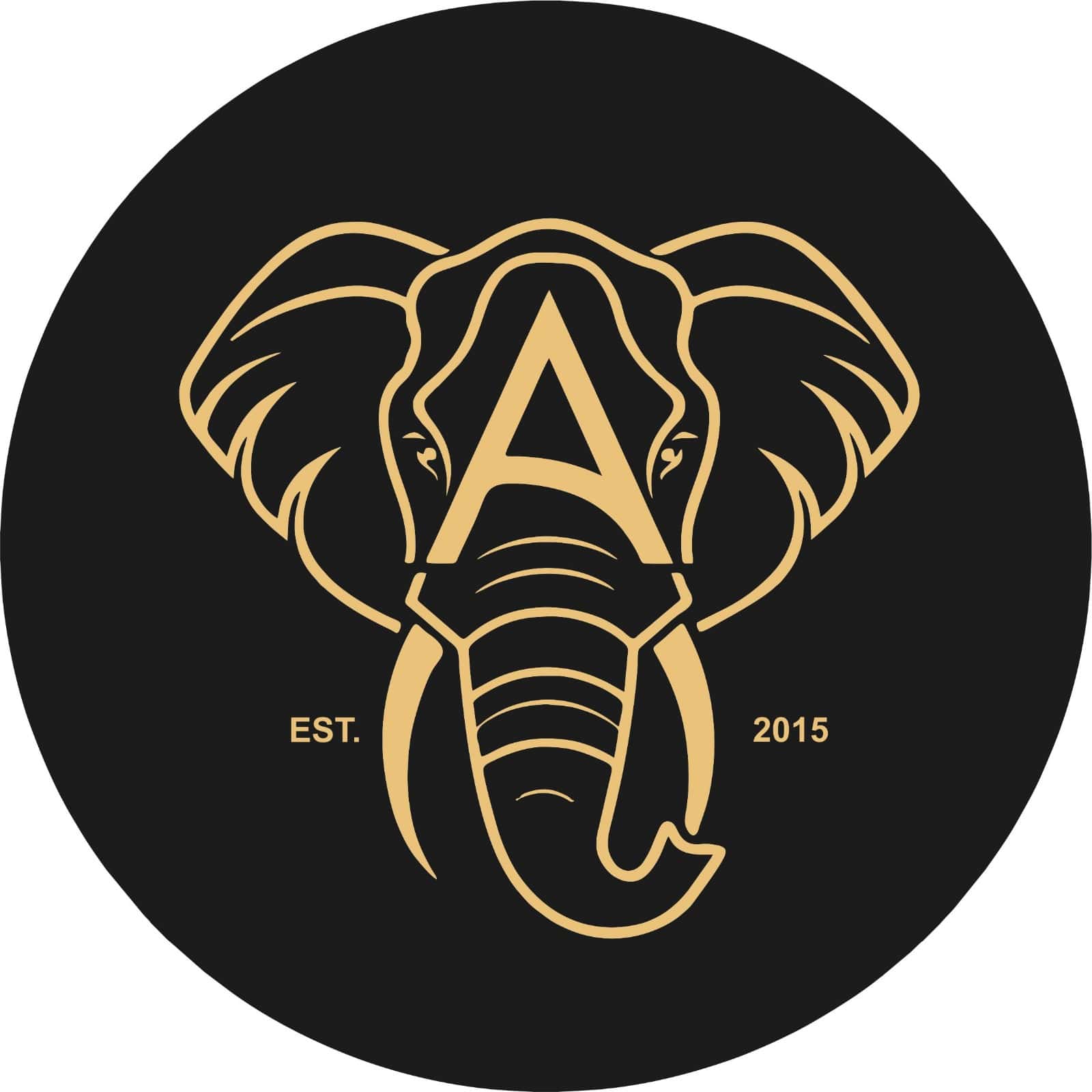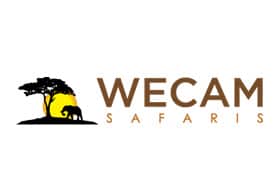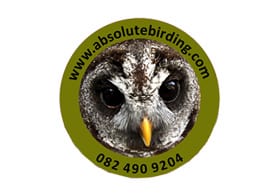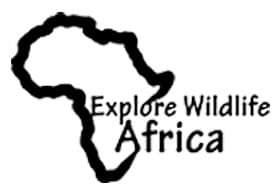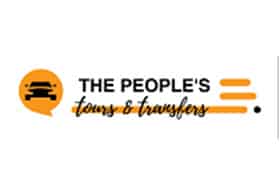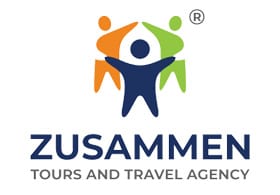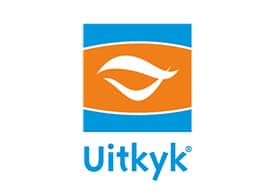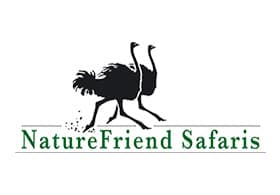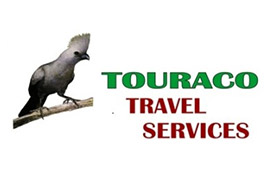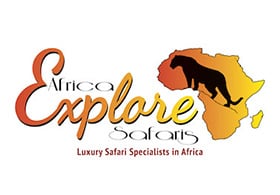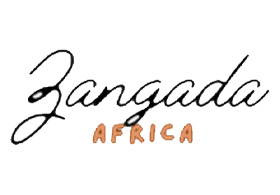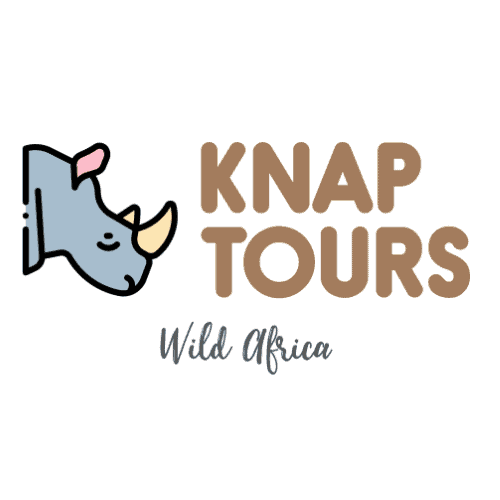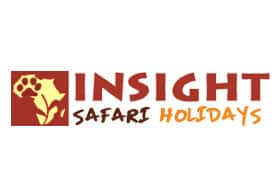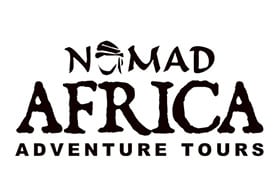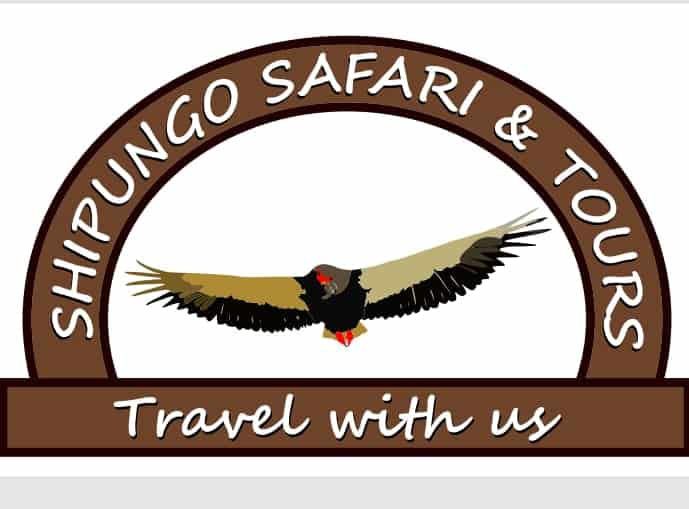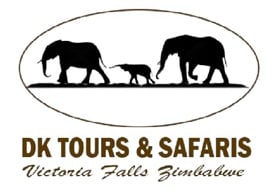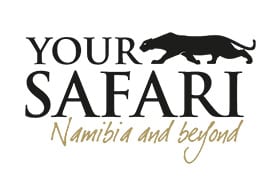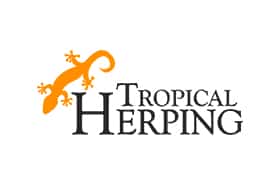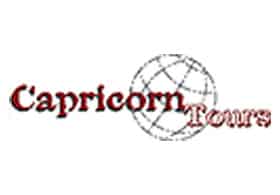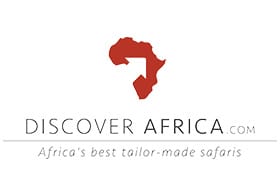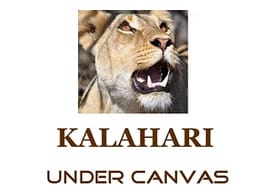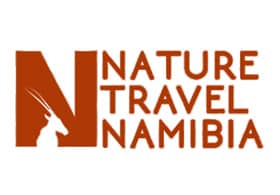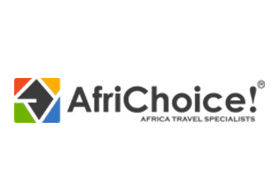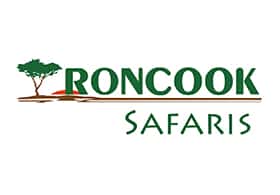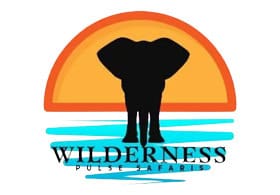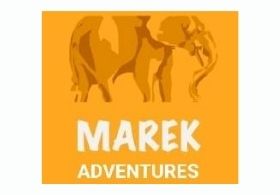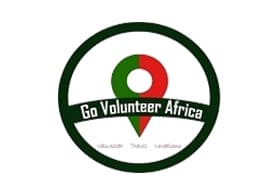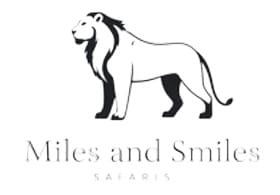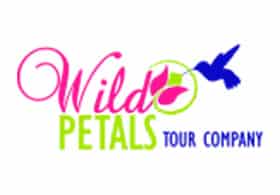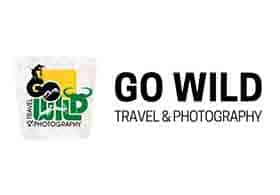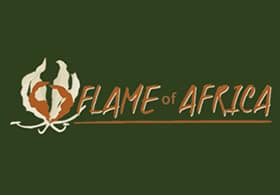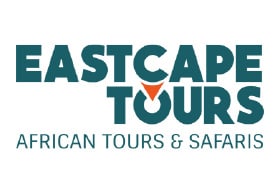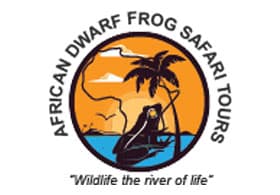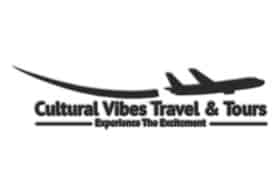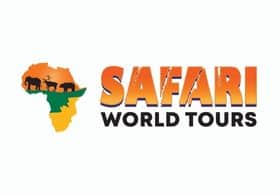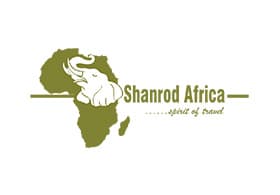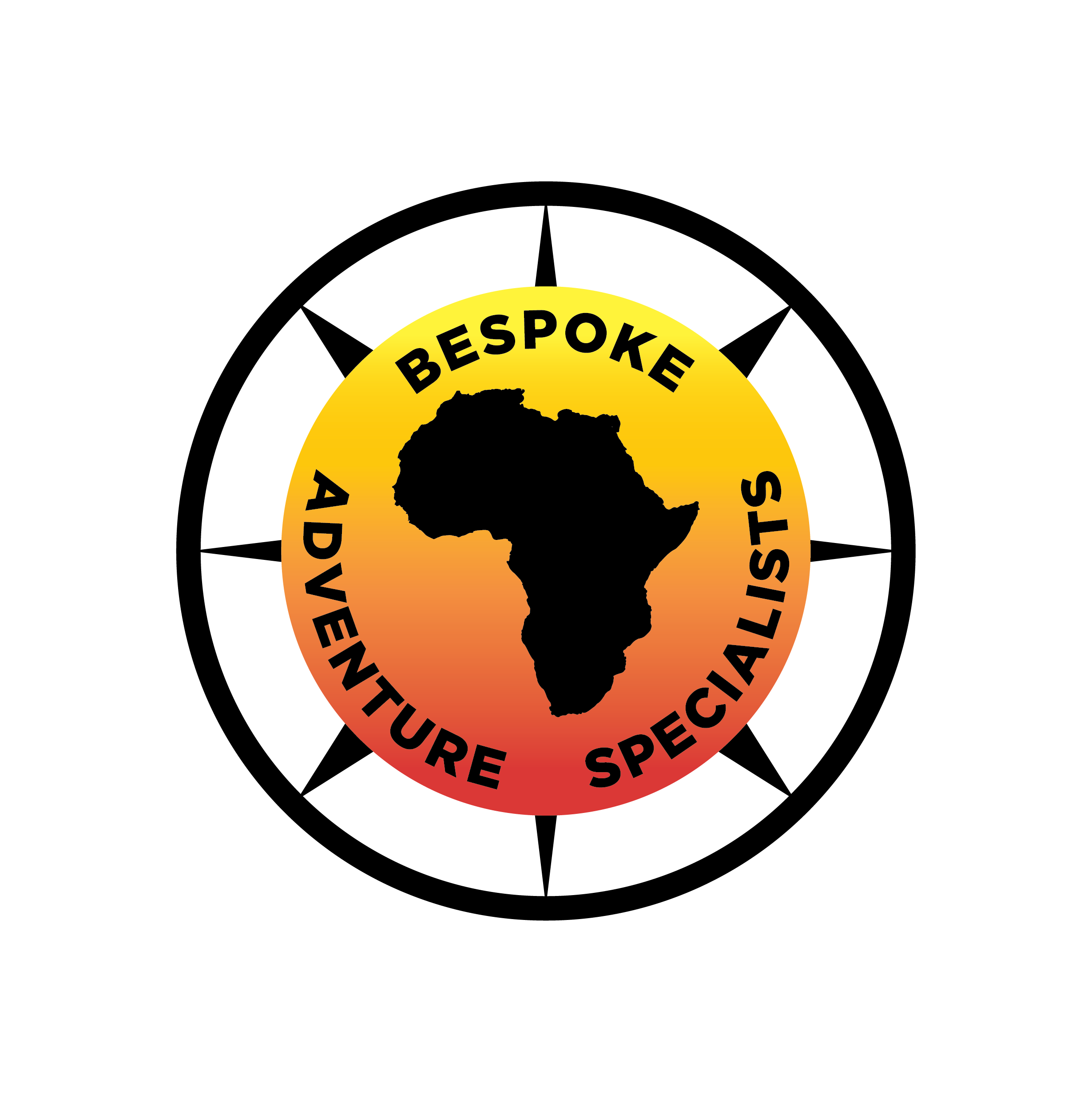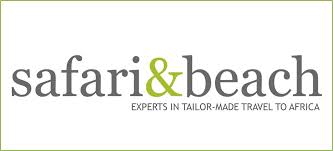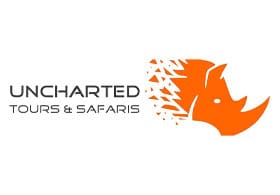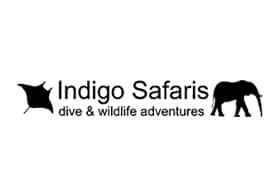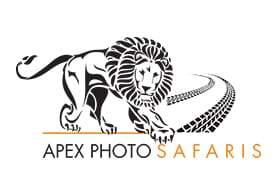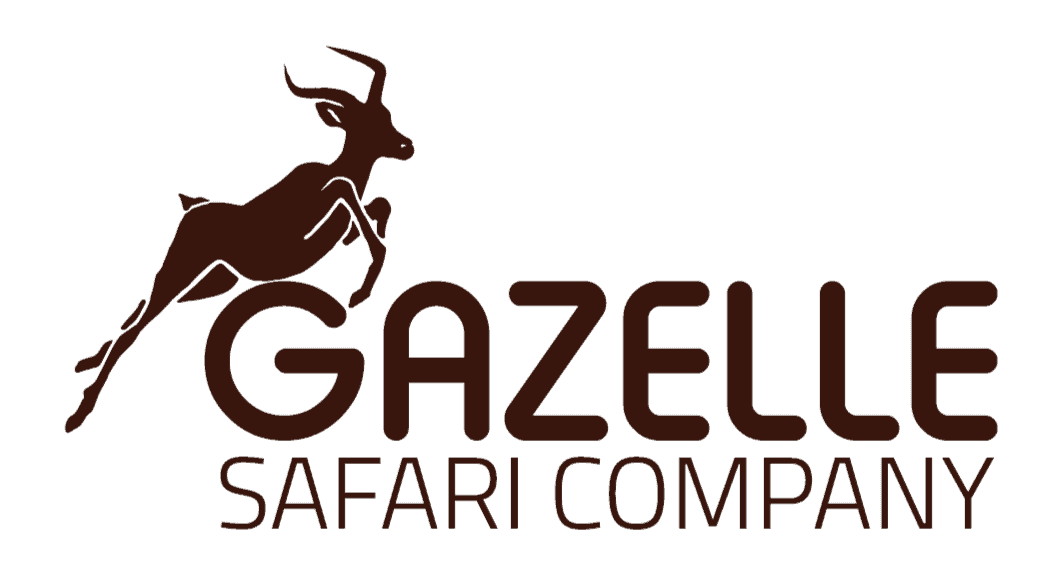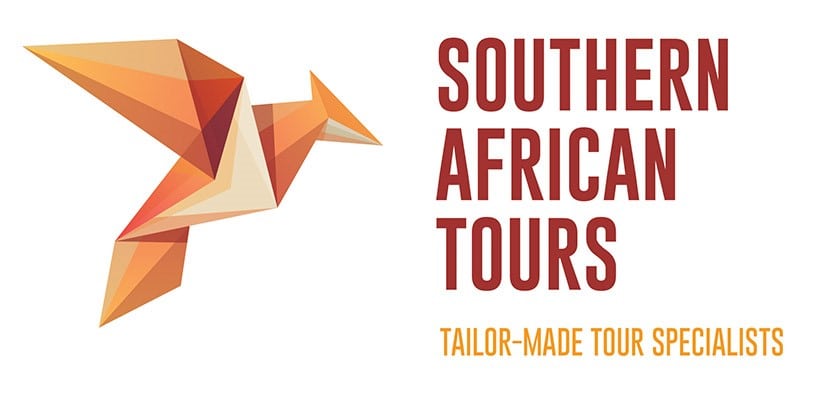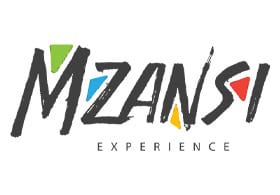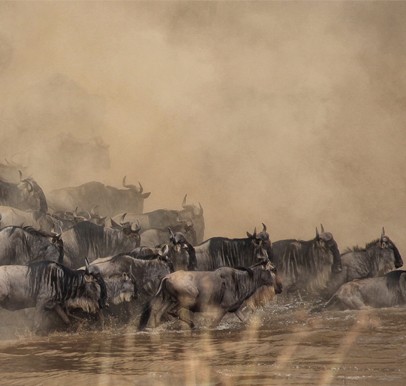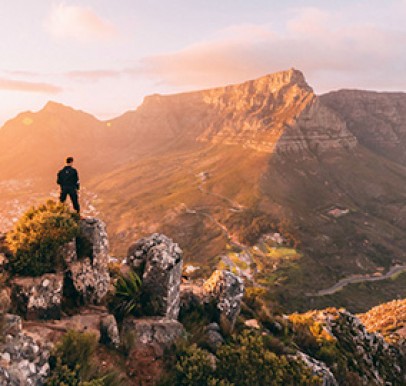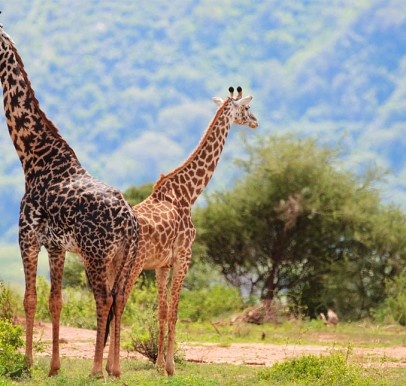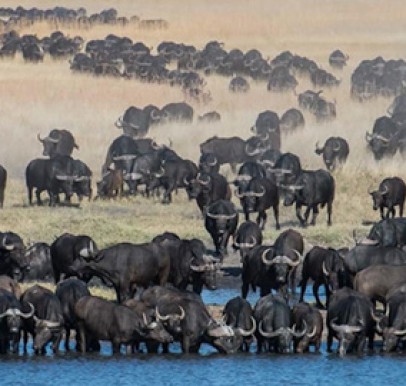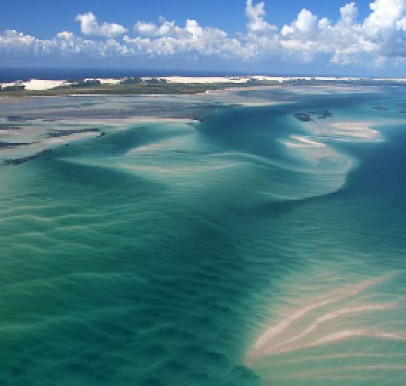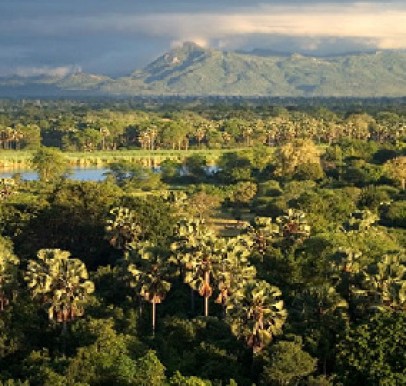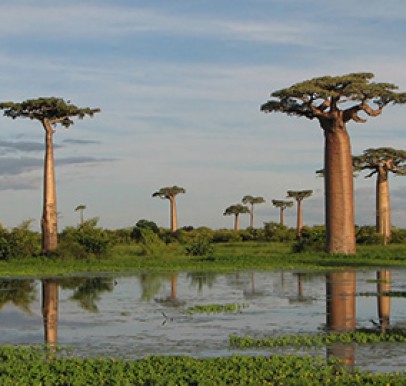available in Namibia
offering Safaris
Reserves and Wildlife
Areas
Overview
Situated in south west Africa, Namibia is bordered by South Africa, Botswana, Angola, Zambia and the Atlantic Ocean. This remarkable country is packed with safari gems and huge contrasts in its 11 national parks, ranging from the incredible red dunes of the Namib Desert and breathtaking Fish River Canyon to the white salt pans shimmering in Etosha National Pan and the sprawling coastline of the Skeleton Coast. Home to an abundant and diverse wildlife population including unique desert-adapted species it also boasts a large cheetah population.
At the heart of Etosha National Park lies Etosha pan. Meaning ‘great white area’, Etosha formed part of a huge, shallow lake until two million years ago when it dried up after the major river that fed it changed course. Despite its dryness, this area has an abundance of wildlife which gather around waterholes, the perfect place for incredible game sightings. Home to lion, elephant, black rhino and giraffe, it is also the ideal breeding ground for flamingos. Visitors on a Namibia safari can enjoy leisurely game safaris, boma dinners under the stars, night watches at waterholes and much more.
The Namib Desert, stretching for 1,570 km along the Atlantic coast, is one of the oldest deserts in the world. Sossusvlei is the most accessible part of the Namib, an area known for its magnificent, ochre-coloured dunes, some of highest in the world, which turn stunning colours as the sun rises and sets. A safari around Sossusvlei is a must, either drive yourselves or join a tour. Look out for gemsbok, mountain zebra, springbok and ostrich here and climb up the dunes for incredible views. Other activities include quad biking, sandboarding, 4×4 safaris and hot air balloon trips.
One of the most scenic wilderness areas of Namibia, Damaraland, is a place of vast open plains, dry river beds and massive granite koppies. Highlights of this area include Namibia’s highest mountain, Brandberg, a massif of pink granite that originated inside a volcano; Twyfelfontein, a fascinating rocky outcrop with thousands of bushman engravings; and Spitzkoppe, a group of peaks which are over 120 million years old. Incredibly a number of desert-adapted wildlife have made this desolate landscape their home, including elephant and black rhino – going on a tracking safari is an experience of a lifetime with the chance to get close to these endangered animals.
The longest river in Namibia at 650 km, the Fish River meanders through Fish River Canyon near the end of its course. One of the natural wonders of Africa and the second largest canyon in the world, this spot has become a popular hiking destination. The hike is 86 km in length, takes about five days and leads to Ai-Ais Hot Springs spa. Easier hikes are also offered in adjacent parks. Keep your eyes peeled for mountain zebra, kudu, steenbok, rock dassie and baboon.
Best Time to Visit Namibia
- Jun–Oct –High Season. Dry weather, from June to August, can get cold at night and in early morning, but the days are not too hot. By September the temperatures are starting to hot up, with October being the hottest month. Thus, it is best to book a Namibia safari tour early to ensure availability.
- May & Nov – Shoulder Season. May temperatures are mild, the rains have finished so the scenery is beautiful and green in many areas. In November there can be intense but short lived downpours.
- Dec–Apr – Low Season. In December it’s hot and humid, January is the hottest month in the south and February on the coast, the rains continue usually as thunderstorms in the afternoons.
General Information
- Capital city – Windhoek
- Currency – Namibian Dollar and South Afrian Rand
- Languages – Himba, Afrikaans, English and German
- Size – 824,269 sq km – twice the size of Germany and slightly larger than Britain and France together
- Population – 2.607 million (2017)
Namibia Travel Safety and Health
- Travel insurance is essential for all international travel. Click below to find out more:

- The CDC recommends the following vaccinations for Namibia: hepatitis A and typhoid. Check with your doctor which other vaccinations you might need and make sure your routine vaccinations are all up-to-date.
- Malaria is present in the northern and eastern parts of the country – get medical advice on which prophylaxis to take.
- Yellow fever is not a risk but if you are travelling from an infected region you will need a yellow fever certificate as an entry requirement.
Pros
- One of the perks of a safari in Namibia is that the tourist numbers are pretty low.
- There are 11 Namibia national parks with huge protected areas.
- Namibia Africa safari is also a great choice for self-drives, as it as good roads and little traffic.
- Namibia safari tour is a perfect choice for a family holiday, as it has amazing geology and diverse culture.
- Namibia wildlife safari is also easy to combine with other destinations in Southern Africa.
- On a Namibia safari holiday, you’ll also get to see some of the most unique desert-adapted species.
Cons
- Animals can be sparse in certain areas
- Long distances between safari areas
- Some popular Namibia safari tourist spots can be busy in high season
Arriving in Namibia
- Most visitor arrive by air, often via the regional hub Johannesburg, from here there are flights to Windhoek.
- Hosea Kutako is Namibia’s international airport, from here there are taxis to the city centre and most major hire car brands are represented.
- If you are already in the region then you can drive, or bus in.
Getting Around
- Namibia is a large country with very specific tourism areas and distances between them can be lengthy.
- There is a well maintanined road network connecting the main safari areas and Namibia is rated highly as a self-drive safari destination.
- Internal charter flights can be arranged between al the major areas.
Visas
- Visas are not required by most visitors. but please check before travel – Namibia Visas >>
Login to your account
Register as a traveller if you are looking for deals
Register as a travel partner if you offer amazing safaris











